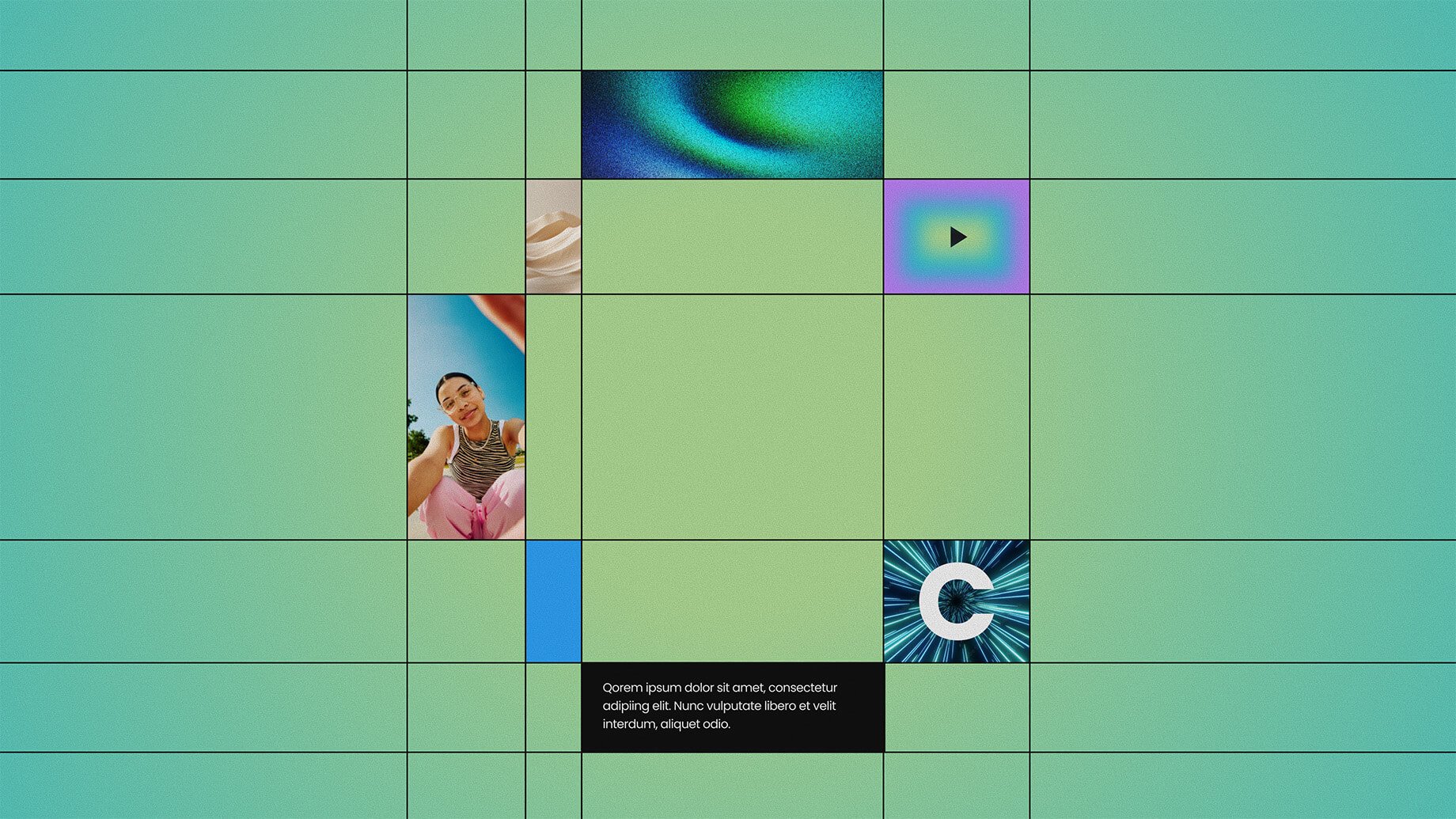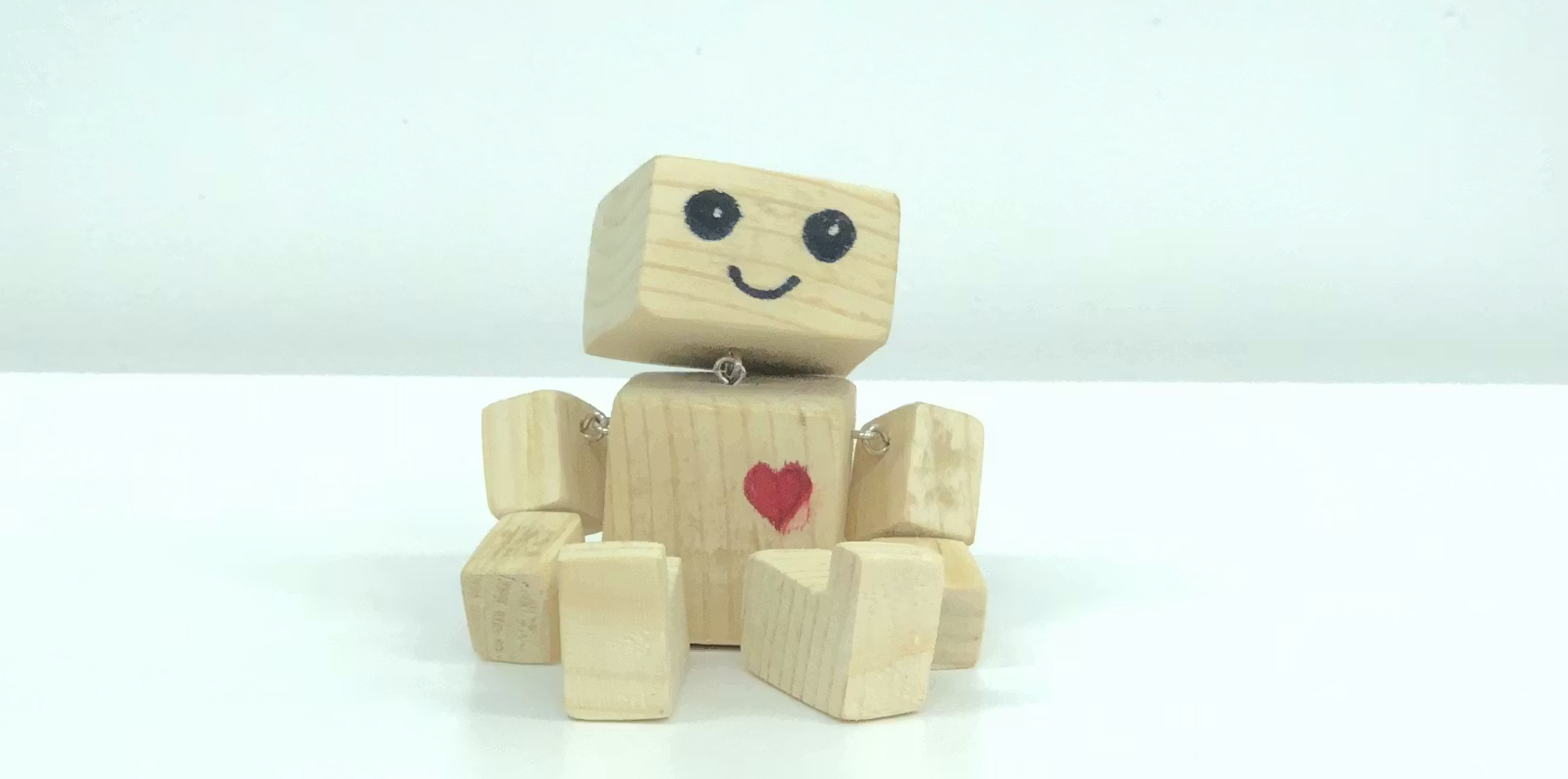The Death Of Subculture part 1: the changing role of subculture in 21st century Britain
This is the first article in a series that aims to explore how subculture has changed in the last 30 years.
Introduction
The beginning: As a child and young adult of the 1980s and 1990s, I used to see punks, metalheads, ravers, goths and skaters on the streets of Norwich. Now, in 2017, I feel like I don’t see anyone who belongs to a scene or subculture. Has subculture disappeared or are they invisible to me? This series of articles aims to ask and answer:
- Are there fewer/smaller/less involved subcultures today?
- If so, why?
- If not, why can’t we see subcultures on the streets?
I was aware that I would have to examine a number of aspects of this complex subject: from money to technology, social class to fashion and music.
To answer these questions I used other studies and articles as well as asked a panel of experts to add their wisdom. These experts are people I know from a career in the music media and marketing. All have unique perspectives and insights to offer as part of their working lives, hobbies and interests, or both. Read mini-bios and how the panel describe themselves subculturally, at the bottom of this post.

Hipster, emo, biker gangs, punk and preeminent jungle producer Goldie
The series’ articles will examine a range of topics, from the state of subcultures today, learning from apes, the role of poverty and a dozen others.
Definitions
First, some definitions for clarity going into the series:
Culture: “The way of life, especially the general customs and beliefs, of a particular group of people at a particular time.” The Cambridge Dictionary
Subculture: “A cultural group within a larger culture, often having beliefs or interests at variance with those of the larger culture.” Oxford Reference
Youth culture: “Youth culture is the way adolescents live, and the norms, values, and practices they share.” Wikipdia
Tribe: “A group of people, often of related families, who live together, sharing the same language, culture, and history… or a large family or other group that someone belongs to.” The Cambridge Dictionary
Scene: “A particular area of activity and all the people or things connected with it.” The Cambridge Dictionary
The more you read around this, the more the topic can become bogged down by an academic obsession with semantics and definition. While remaining credible, this study is only intended to address the broad question of whether subculture, youth culture, scenes, tribes are changing, how and why.
What a subculture is not:
For the sake of this study, I will not be including many organised groups and societies (for example, trade unions, the masons and political parties). I will not be including isolated fashion trends. I will try (where I can), not to include musical genres – and especially sub-genres – where there is no substantial or pronounced uniform, language, set of values or message. As such I have tried to resist just describing a list of subcultures.
The state of subculture today
For this first article, I asked the panel what they thought of the state of subculture today.
Summary:
- Most agree that subcultures have changed
- Most agree that subcultures have become less defined
- Most agree that the internet has played a key role in the change
- Some hint at how subcultures are quickly co-opted by the mainstream
- And others suggest a lack of teenage rebellion plays a role
“There are many current subcultures of varying sizes and visibility but they’re not clearly defined in the way people over 40 would understand. A subculture – as opposed to a trend – needs to have patterns of behaviour and beliefs. Social media means you can have a subculture invisible to those who aren’t in it.
“The ‘Hipster’ is a subculture in my opinion, based around a look, but it also requires subscription to an ideology: one based around up-cycling, avoiding mainstream channels and retro-cool.”
Jon Lille

Hipsters
“It’s important to make the distinction between subcultures and fashion here. While subcultures still exist, they are less defined and considerably more atomised and interchangeable than in the past. You see anything from specific retro subcultures to ones which marry different elements of separate subcultures.
“There is also a homogenisation which didn’t exist. In the 1970s and 1980s, subcultures were a national – and sometimes even localised – thing. Thanks to the internet, there can be as much interest in things like K-Pop, Kawaii, or visual kei amongst people in Tunbridge Wells as Tokyo.
Alex Burrows
“The only really visible youth movement that shows any signs of making an effort to be different is goth. Today it’s a combination of old-school goth, punk, glam, hippy and metal fashions. There’s no real invention going on, it’s off-the-peg, Camden chic. It hasn’t changed much for 30 years but been adopted as a uniform by an increasingly diverse constituency. It’s a clear sign that you’re ‘different’, except you’re not. But, if it works as a home for the homeless as it were: the arty, the sensitive and the individualistic, then so be it, good luck to them.
Most kids seem less inclined to rebel against their parents because their parents are much more easy going
“Most kids seem less inclined to rebel against their parents because their parents are much more easy going. There’s a lot less to rebel against… between the generations at least. Much more than back in the subcultural heyday of the 60s-80s, most kids today, are just ordinary younger versions of the parents – who are now simply older versions of them.”
“Subcultures are never entirely dead, they just get old and see no reason to change. They’re everywhere: mods, skinheads, punks, metalheads, even teddy boys. You name it, they walk among us.”
“And these subcultures have new recruits to sustain them. Whole families attend punk festivals, with parents helping their children to wear just the right look. And there’s nothing wrong with it, it’s completely positive – but youth culture it most certainly ain’t – it’s more like civil war re-enactment.”
Ian Fortnam

Gerry Adams, Noel Edmonds, The Miners’ Strike, apartheid, The Falklands War
“The mainstream has been so irrevocably broken by the web that subcultures don’t really exist in the way they used to. They don’t have the same things to rebel against, or define themselves against. The news was all apartheid and the IRA, the Falklands and the miners’ strike, and broadcasting was Noel Edmonds and DLT [Dave Lee Travis], so subcultures had a real purpose. You were literally looking for an alternative, something that was more real or rang true to you, or was just more entertaining than the sh*t they had to offer.
“These days, kids can watch YouTube channels hosted by kids their age who swear and tell the truth. That’s before you even think about porn or videos of gang violence etc. They’ve got real life up to their eyeballs. They’re connected. Everything’s a subculture.”
Scott Rowley
People identify with an online persona that they cultivate
“The only visible subcultures are the leftovers from a previous era. That doesn’t strictly mean that they don’t exist, just that uniforms – visual manifestation of subculture – might not. People identify with an online persona that they cultivate not an actual, physical look that they need to adhere to.”
Stephen Hill
“Tattoo kids. This used to be subculture, but sadly, due to the plethora of reality TV muppets, it’s now just a fashion trend.”
Julie Weir
Having grown up through the ‘80s and ‘90s, when there were very clear divisions in the tribes, it really is hard to see any now.
Scott Bartlett
“I think there will always be an emo/goth scene of some description, as adolescents tend to go through feelings of isolation, being different, or a desire to rebel.
“Straight edge and healthy living. This seems to be a scene of considerable growth, with pre-work raves, alcohol and drug-free club nights becoming increasingly popular.”
Ross Gidney
“The latest subculture seems to be Google fluro Friday or retro-sweat. Heavy ‘80s Flash Dance-inspired outfits with high-intensity activities like keep-fit classes and charity skin cancer awareness surf competitions – all cleverly brand-funded by connected corporate mates.
“The last big subculture was anti-brand. Not goth. Not punk. Almost bland to the untrained fashion blogger. There was a NO LOGO, f*ck the corporates, f*ck labels, anti-globalization movement that manifested itself in a very grown-up, conscious punk kinda way. Banksy, mashup bootlegs, pirating torrents; plain colour blocking, no visible logos; understated shunning of the limelight… yet massively famous. Daft punk/MIA/DIPLO/SIA all manipulating the idea of anonymity and infamy.
“At the time they were very secretive and behind the scenes compared to the previous generation, only recently are we seeing how deeply they’ve affected mainstream culture.”
Russ Tucker

Very Miss Dusty O
Subculture seems to have given way to fashion trends rather than being from or associated with discernible tribes.
“The most recent subculture I have really seen is within the safety net of the queer gay club scene. The emergence of young and larger-than-life Drag Acts, more akin to the ‘cockettes’ of the queer squatters of 1970s San Francisco and NYC. This young crew seem to be taking over the scene starting off in the clubs of Dalston, Hoxton and the Bethnal Green Working Mens’ Club. As the clubs shut down around them they find new homes. The Glory, Lime Wharf and to a lesser extent they are invited to the straight-owned clubs that are tapping into the money from this crowd. Strip bars are opening their doors at the weekends to host club nights. By doing so they garner some favour in the community and tap into the lucrative club scene. Certainly, the Nagnagnag was able to exist under the impending demolition of the hallowed GAY Astoria. The rent of the basement building was cheap enough and with a short enough lease to allow for this to happen. I fear with most great venues closing there simply isn’t the room or resources for subcultures to blossom.
Alistair Divers
The panel
While the list below has professions/titles next to the names, many of those included have active hobbies and interests in this and related subjects from subculture generally, to fashion and music to gaming.
I also want to say a big thank you to those who took the time to be a part of this survey and provide me with their valuable insights.
Scott Rowley, Editor-In-Chief “I’ve always sort of dipped in and out of a few subcultures, without ever really belonging.”
Amy Nicholson, Content Strategist: “As a youth I was in the sort of post-grunge goth glam revival thing (Placebo, Rachel Stamp etc) as well as the whole skate punk thing (Lagwagon, NOFX… Nitro and Fat Wreck forever!). Post-Britpop too – Gazelles and cords. I was a bit of a floater between subcultures.”
Jon Lilley, Creative Director “I was in the metal scene in the 80s. I loved the sense of belonging and being around people who liked the same things as me. As a mixed-race person being brought up in a very white area, I felt I often wasn’t accepted by kids at school because of the way I looked. In metal fans I found a whole bunch of people who would accept me because of who I was and the things I was into.”
Jon Luis Jones, Co-Director of Press “I was always into all kinds of music and never really identified with one of them strong enough for it to define me.”
Sophie K, Presenter “I have been and still am in a subculture.”
Rich Berry, Art Director “I’m a gamer. We used to be laughed at but now gaming is ‘cool’.”
Stephen Hill, Music Journalist “Gen X, alt rock, nu-metal and underground hardcore punk. I probably spent my childhood years and early teens dressing and thinking to reflect all of those movements as my musical taste developed.”
Alistair Divers, Customer Services Manager “I don’t think I have been a part of any tribe. I’ve always been on the sidelines looking in, like a lucky guest who came at just the right time.”
I settled into a retro rockabilly look in the early 80s: big suits, jazzy shirts, went to the Wag club and Le Beat Route. There wasn’t really a name for that. Twats maybe
Tommy Udo, writer “I was a biker in the mid ’70s. I kind of flitted in and out of punk, New Romanticism and other subcultures. I settled into a retro rockabilly look in the early 80s: big suits, jazzy shirts, went to the Wag club and Le Beat Route. There wasn’t really a name for that. Twats maybe.”
Lewis Somerscales, Art Editor “I always return to heavy metal.”
Julie Weir, Label Head, Music for Nations “I am a card-carrying ‘Old Goth’!”
Ross Gidney, Music Supervisor “I felt an affinity with the music, the artists, the lifestyle of the grunge scene when I was growing up.”
Alex Burrows, Operations Manager (media) “UP THE PUNX OI OI OIIIIIII!!!!”
Ian Fortnam, Reviews Editor, Classic Rock “Punk defined who I was and who I am – without it I wouldn’t be doing this job.”
Scott Bartlett Press, radio and tv promotion, communications “I guess my tribe was, is and always will be ‘heavy metal’, which sounds stupid when you type it, as a grown man, at work, in a button down shirt and nice shoes.”
Tim Mosley, Yoga teacher/Film Publicist “I’ve enjoyed elements of many but have never distinguished myself by one.”
Joel Priestland, Creative Director “Having skated since I was eight, the art around skating has informed my whole career. I got into rave at 17, then jungle and drum and bass. My life has been directed by the subcultures I have been into.”
John McMurtrie, Photographer
Ian Winwood, Journalist and author “What is and what isn’t ‘punk’ is not a subject worthy of grown-up discussion. But if pushed, my heart lies with punk rock.”
Russ Tucker, Creative Director “I think I’ve been a sucker for many trends and scenes. It’s often that someone else tells you who and where you belong more easily than you personally identify yourself.”
Click here to read the next installment of The Death of Subculture. Part two: Learning from the Apes and the Evolution of Subculture.


